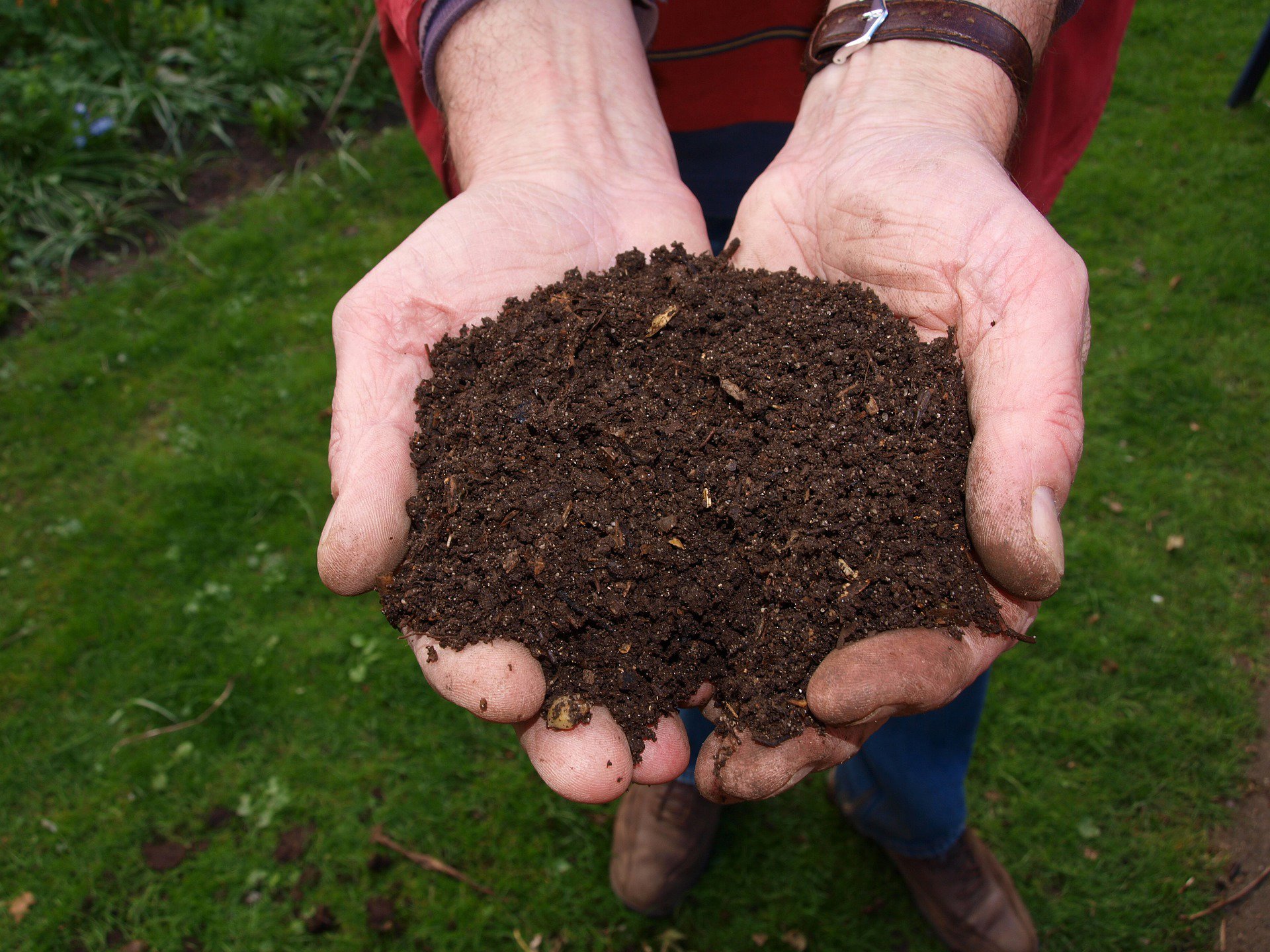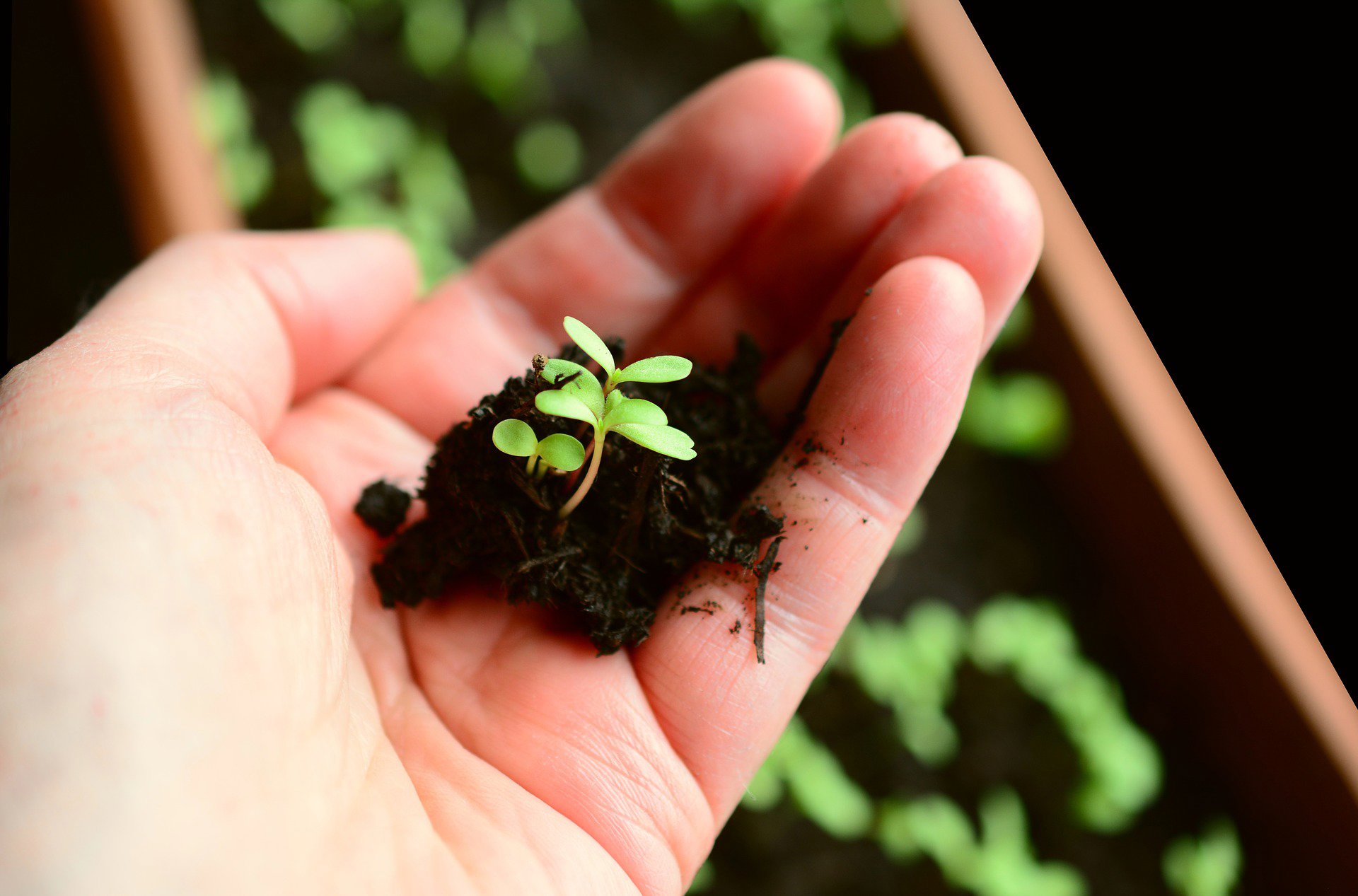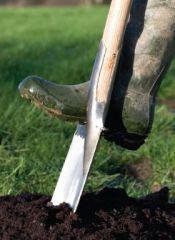
What is Growing Media?

What is a Growing Medium?
The term ‘growing medium’ is used to describe the material used in a container to grow a plant.
The term ‘substrate’ is also used and means the same thing. In the UK some people still use the term ‘compost’ in the same context, however a compost is technically the product of a composting operation (eg the compost heap at the bottom of the garden) and can therefore be a misleading word to use. A composted material may be a component of a growing medium but peat is not a product of composting and nor are many other ingredients we use. In Holland the term ‘potting soil’ is often used instead of ‘growing medium’.
There are many different ingredients that can be used to make a growing medium; different parts of the world have developed media based on local availability of various raw materials. Such materials can be inorganic (e.g. rockwool, perlite) or organic (e.g. peat, bark). Growing media are often formulated from a blend of different raw materials in order to achieve the correct balance of air and water holding capacity for the plants to be grown.
Requirements of a Growing Medium
- To provide anchorage for the plant
- To provide adequate air spaces for root respiration
- To hold sufficient available water
- To hold sufficient available nutrients
- To be free of plant pathogens, pests and weeds
- To be safe when handled by people

Manufacturers also need growing media to be physically and chemically stable from the time of production until the time of use (this can be many months for retail products). The bulk density (weight) of the ingredients used is also important because this affects transport costs, a major part of the total cost of production and delivery to the end customer.
How does Growing Media fit within the industry?
Growing media has two forms in horticulture. The first is as the bags of 'compost' we use in our pots, tubs and hanging baskets to grow seeds and plants in our gardens. The second is as professional product for commercial growers, who produce the plants and trees we see for sale in garden centres across the country.
Supplying the UK’s green spaces and 23 million gardeners is no mean feat. Companies that manufacture growing media employ around 1,000 people in UK. The value of ornamental plant production by commercial growers - a patchwork of mainly small, family businesses - is around £1.3 billion a year. Many of these crops rely wholly on high performing professional growing media. In the UK hundreds of millions of plants and trees are bought by the public each year; this provides thousands of jobs in garden centres, nurseries, and DIY stores. So growing media is the foundation for the whole industry
In the UK we use just over four million cubic metres of growing media in a normal year in the UK. You can imagine that as a cube roughly 500 feet high and wide. (That is around 14 double-decker buses placed end to end!)
In the year 2000 almost all of this was made up of peat. Now more than half of it is made up of alternatives like wood fibre, coir (coconut pith), green waste from our household waste, and other peat alternatives, but we know more needs to be done.
That is why the industry is developing a Responsible Sourcing Scheme. This ranks the different environmental and social impacts of different components of growing media and generates an auditable rating for how responsibly sourced a growing media product is. From this year this scheme will be far more visible to consumers, with information on bags, online and on the displays in retailers now rolling out.
What Is A Soil Improver?
Soil improvers are materials added to soil to improve its physical and/or chemical characteristics.
Another word for this is ‘soil conditioner'. The term ‘soil improver' in the UK also includes materials used as surface mulches such as bark, used to prevent weed growth and to conserve soil moisture.
Soil improvers are generally used to improve the soil fertility by increasing the soil organic matter level. They improve the workability of the soil over time, for example making heavy clay soils more manageable and they can be used to improve the water holding capacity of light soils. This is becoming increasingly important in many parts of the country with recent dry years and restrictions on water use. Some soil improvers, such as manure or spent mushroom compost-based products, also contain significant amounts of plant nutrients.
Home Composting
You can easily make your own compost to use as a soil improver or mulch in the garden.
Making a compost to use as part of a home-made growing medium to use for raising plants in pots requires a bit more skill. For this you will have to be more careful choosing what you compost (avoid any diseased plants and weeds with seeds), compost it for longer and the compost may need sieving before use. It will be too heavy and have too many nutrients to use on its own in a pot so will have to be diluted with coir fibre, fine bark or peat (use compost as a third to a half of the mix). It is often better to use a home-produced growing medium containing compost for older plants (ideal for tubs/patio planters) than for raising seeds/cuttings.
Practical tips for making good home compost
- Site your bin/heap in a place where it gets at least some sun.
- DO compost a mixture of woody and soft material.
- Vegetable peelings, fruit waste, grass clippings, shrub prunings, annual weeds, tea bags, leaf litter and cardboard are all fine to compost.
- DO NOT add cooked food, meat, dairy products, diseased plants, perennial weeds (eg thistles), plastic, glass.
- The more often you mix/turn the compost the faster it will mature.
- It usually takes 6-12 months, depending on how often you mix it.
- The compost is ready when it is dark brown and soil-like.


